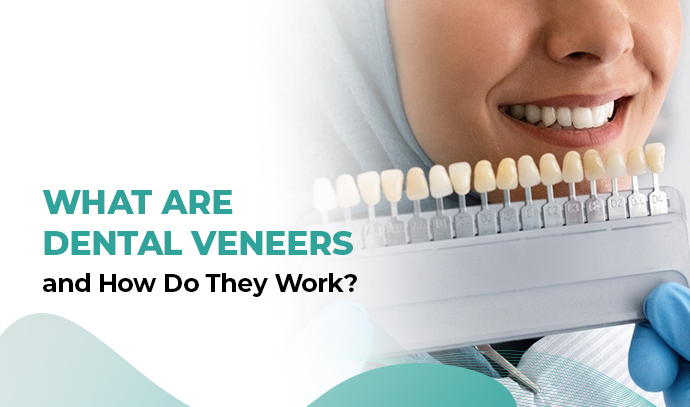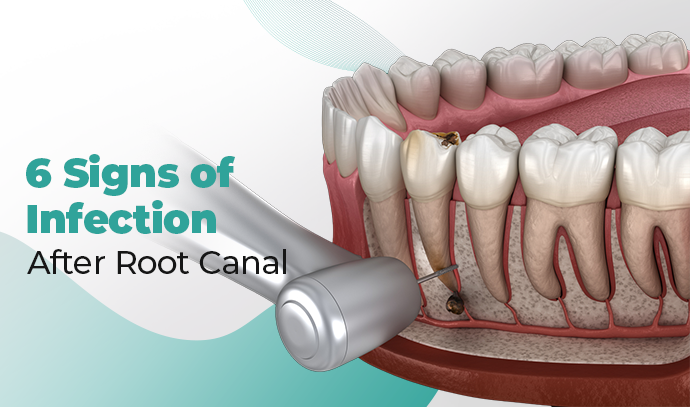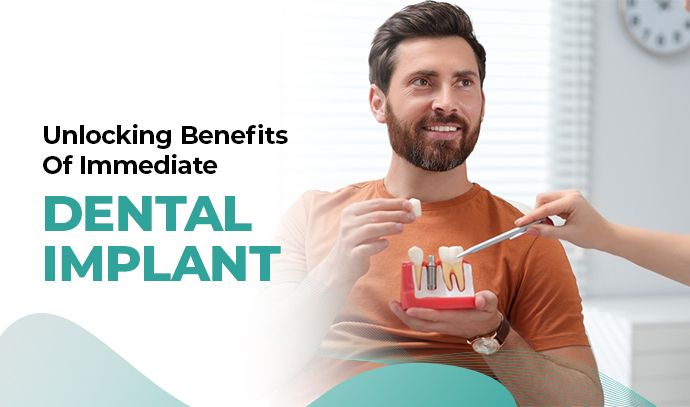Periodontics Clinic In Kochi, Calicut, Kannur
Periodontics focuses on the prevention, diagnosis, and treatment of gum diseases and related conditions, ensuring your oral health is in expert hands.
At Elite Dental Studio, we pride ourselves on being the leading Periodontics Clinic in Kochi, Calicut and Kannur, delivering personalised and advanced treatments tailored to your unique needs. Our highly skilled team of periodontists uses state-of-the-art technology and cutting-edge techniques to provide exceptional gum care services. Whether you require routine cleanings, gum surgeries, or specialised treatments, our dedicated professionals are here to enhance your smile and overall oral well-being.
Our Services
This department specialises in the care and prevention of gum-related diseases. In common terms, the department for the deep cleaning of teeth and gums
- Deep scaling: This deep cleaning has two parts. Scaling is when your dentist removes all the plaque and tartar (hardened plaque) above and below the gumline, making sure to clean all the way down to the bottom of the pocket.
- Crown Lengthening: During the dental crown lengthening procedure, excess gum and bone tissue are reshaped to expose more of the natural tooth. This can be done to one tooth, even your gum line, or to several teeth to expose a natural, broad smile.
- Operculectomy: It is the removal of the flap of gum overlying a tooth.
- Frenectomy: A frenectomy is a surgical procedure typically performed under local anaesthetic that removes or loosens a band of muscle tissue that is connected to the lip, cheek, or floor of the mouth. There are two types of frena: the lingual frenum and the labial frenum.
- Gingivectomy: A gingivectomy is necessary when the gums have pulled away from the teeth, creating deep pockets. The pockets make it hard to clean away plaque and calculus. Gingivectomy is usually done before gum disease has damaged the bone supporting the teeth.
- Flap surgery: Gingival flap surgery is a procedure in which the gums are separated from the teeth and folded back temporarily to allow a dentist to reach the root of the tooth and the bone.
- LANAP: Laser-assisted new attachment procedure (LANAP) is a surgical therapy for the treatment of periodontitis intended to work through regeneration rather than resection.
- Augmentation: A dental implant is an artificial tooth root that is placed into your jaw to hold a replacement tooth or bridge.
- Oral pigmentation: It is a relatively common condition that may involve any portion of the oral cavity. Multiple causes are known, and they may range from simple iatrogenic mechanisms, such as implantation of dental amalgam, to complex medical disorders, such as Peutz-Jeghers syndrome.
- Depigmentation: It is the lightening of the skin or loss of pigment. The pigment loss can be partial (injury to the skin) or complete (caused by vitiligo). It can be temporary (from tinea versicolor) or permanent (from albinism).
- De-sensitization: There is nothing worse than being unable to enjoy the foods and drinks you love. Whether it is sipping on something hot or eating something cold, tooth sensitivity can impact your quality of life. Instead of avoiding the foods you really want to eat, you could benefit from tooth de-sensitization.
Why Choose Our Periodontics Clinic in Kochi, Calicut, Kannur?
- Expert Periodontists
- Advanced Technology
- Personalised Treatment Plans
- Comprehensive Services
- Patient-Centric Approach
- Positive Outcomes
Meet Our Expert Periodontists
Let’s introduce you to our highly skilled team of periodontists at Elite Dental Studio. With years of expertise and a passion for transforming smiles, our dedicated specialists are committed to providing you with top-notch dental care and a confident, beautiful smile.

Dr Vidhu Sreedharan
BDS, MDS

Dr. Manu Mathew
BDS, MDS
ORTHODONTICS

DR. BELWIN BABY
BDS, MDS
(Orthodontics & Dentofacial Orthopedics)

DR. Ferin Fathima
BDS, MDS
(Orthodontics) INVISALIGN CERTIFIED ORTHODONTIST
Client’s Testimonials
Explore the heartfelt experiences of our satisfied patients in their testimonials. Discover what our clients have to say about the exceptional care and service they received at our clinic.

I’m deeply grateful to my friend, who guided me to discover Elite Dental Studio in Panampilly Nagar, Cochin. The assistance and support provided by Joseph were invaluable. Upon visiting the clinic, I was genuinely impressed
by the exceptional quality of service. The doctors and staff exhibited a remarkable level of professionalism, making my experience truly outstanding. Their expertise and care instilled a sense of confidence in the treatment
I received. Overall, my time at Elite Dental Studio was not just a good experience, but a genuinely excellent one. I’m thankful for Joseph’s recommendations and the exceptional care provided by the entire team.
Amitha k a

I had a very pleasant experience with Elite Dental Studio and the staff. I was very anxious about the appointment and any procedure, but the doctors were very patient and spend a lot of time trying to comfort me, and the
staff was very helpful and kind and always available to help. Doctors takes the time to explain what needs to be done and provides valuable advice , It’s not easy to find a good dentist in Kochi.
Gokul Nath D S

In a nutshell, excellent service and very kind and attentive staff. This was easily the best dental clinic I’ve been to, and in fact, this was my second time here. I came back because the quality of service offered and the
level of perfection and attention to details given by the doctors here is beyond compare. I got lucky enough to get Doctor Elizabeth today, and she very kindly and patiently walked me through the entire process. Her
friendliness coupled with her kind attitude and the care she takes to go that extra mile really helped me walk out of there with a smile on my face. I’ll definitely keep coming back here for all my future dental needs!
Aleesha Fizal

Thank you for me for such a short notice. Best service I have seen in dental care. May God bless you for your work. I will definitely recommend this place for any future dental work. Thanks again.
Bijou Chacko

The best place for any dental issues. A premium one with affordable rate. The doctors are really amazing, They firstly explain deeply about our problems and explain about the procedures that we needs. Then if we are
interested then only we need to proceed. And the interesting fact that was the registration fee, consultation fee and xrays are free of cost. And had a great experience and I recommend Elite Dental Studio
JUVAID BIN ZUBAIR

Good Dental Studio who had highly qualified and professional team. Proper hygiene and equipment are used to undertake treatment. Special mention to Dr. Mehnu who undertook RCT and Dr. Amrita, Prosthodontist were through
professional doctors. They communicated well and kept me informed about the complete procedure. The front end team at reception who is managing booking of appointment and timely updates of doctors availablity is highly
appreciated. Well done and keep same approach to all patients who are visiting to you Studio.
Rajesh Katoch
FAQ
What are the common signs and symptoms of gum disease?
Common signs and symptoms of gum disease include:
Persistent bad breath.
- Swollen or bleeding gums.
- Sensitive teeth.
- Receding gum line.
- Changes in your bite.
If you experience any of these symptoms, it's crucial to seek professional dental care for an evaluation and appropriate treatment.
How can I book an appointment at your periodontics clinic in Kochi, Calicut, Kannur?
Booking an appointment at our periodontics clinic in Kochi, Calicut, Kannur, is easy and convenient. You can call our dedicated appointment hotline, visit our official website to fill out the online appointment request form, or simply walk into our clinic during working hours. Our friendly staff will assist you in scheduling a suitable date and time for your visit.
Is periodontal treatment painful?
Although certain periodontal procedures may result in some discomfort, our skilled periodontists use a local anaesthetic to make the process almost painless. We put your comfort and well-being first, using modern techniques and medicines to reduce any possible pain. We give thorough post-operative care recommendations to help you properly manage any mild discomfort following your procedure.
What should I expect during my first visit to your clinic?
During your first visit to our Periodontics Clinic in Kochi, Calicut, Kannur, the initial appointment typically involves a comprehensive oral examination, including X-rays if necessary, to assess your gum health. Our periodontist will discuss their findings with you, explain any issues detected, and recommend a personalised treatment plan tailored to your needs. You will have the opportunity to ask questions and discuss any concerns you might have.
BLOG
What Are Dental Veneers and How Do They Work?
In the world where a smile can say a thousand words, ensuring yours is at…
Read More6 Signs of Infection After Root Canal
A root canal is a dental procedure that aims to save a tooth by removing…
Read MoreUnlocking Benefits Of Immediate Dental Implant
Are you tired of hiding your smile because of missing teeth? Do you find it…
Read MoreHave Dental Problem : Call us
CALICUT: +91 9745 072 555,
KOCHI: +91 9567 124 888
KANNUR: +91 9645874777 or make an Appointment
Take a smiling selfie and we'll Simulate your new smile See What Invisalign treatment could do for you!








